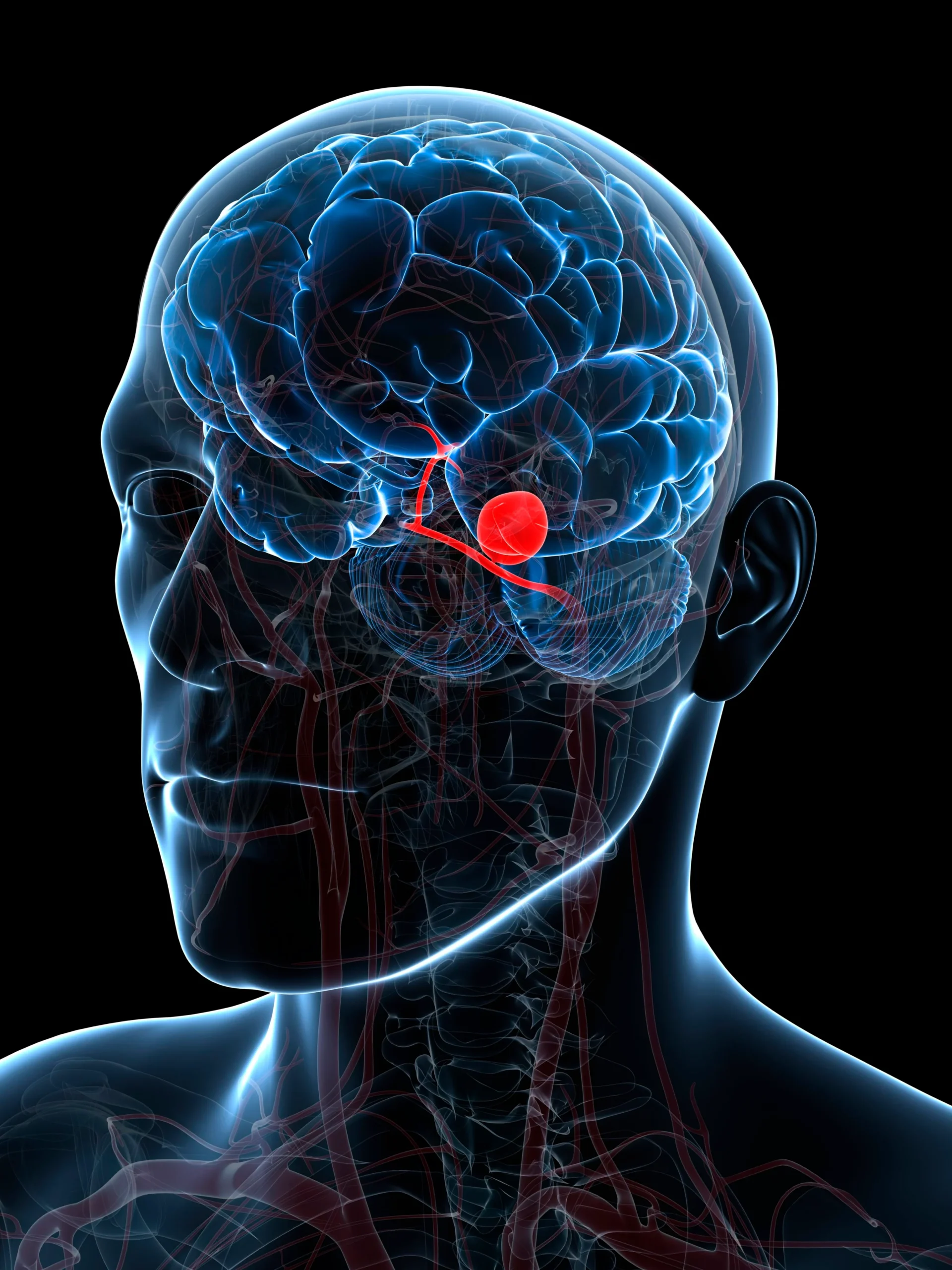In November 2017, American Shailja Ambrose unexpectedly collapsed due to a ruptured brain aneurysm. Despite having no previous symptoms of neurological issues, Ambrose’s life was abruptly disrupted. This sudden turn of events highlights the dangerous nature of brain aneurysms, which often remain asymptomatic until they rupture.
A brain aneurysm, also known as a cerebral aneurysm, is characterized by a bulge in a weak section of an artery in the brain. This weak spot is pushed outward by the blood flow to the brain, causing the weakened area to stretch like an inflated balloon.
According to New York-based neurosurgeon Dr. Omar Syed, most aneurysms do not exhibit symptoms unless they rupture. A ruptured brain aneurysm, however, can cause life-threatening bleeding into the brain. Symptoms of a ruptured aneurysm may include severe headaches, nausea, vomiting, a stiff neck, blurred vision, or a significant loss of consciousness.
The life-threatening nature of ruptured aneurysms is evident in Ambrose’s experience. Following her ordeal, Ambrose’s younger sister, Neerja Patel, decided to get screened for brain aneurysms. To her surprise, she was found to have three brain aneurysms, one of which was particularly large and potentially lethal. Patel had to undergo an open-brain craniotomy to manage the large aneurysm.
Subsequently, Patel’s mother also got screened and was found to have a brain aneurysm. However, in her case, doctors deemed that the risks of intervention outweighed the potential benefits.
The Stanford South Asian Translational Heart Initiative suggests that people of South Asian descent are at a higher risk of heart disease, which can increase the risk of brain aneurysms. This is primarily due to lifestyle and dietary factors common within this population group.
Research suggests that factors contributing to brain aneurysms include heart disease, smoking, high blood pressure, and family history. In cases where symptoms like severe headaches, confusion, seizures, blurred vision, or a stiff neck occur, immediate medical attention is recommended.
Dr. Syed further recommends annual MRI screenings for individuals with two or more first-degree relatives who have had aneurysms. If no aneurysm is detected, follow-up imaging every five years is advised. Awareness about modifiable risk factors, such as smoking, high blood pressure, high cholesterol, and excessive alcohol intake, is vital as lifestyle and dietary changes can significantly reduce the risk of aneurysm rupture.
READ MORE:
